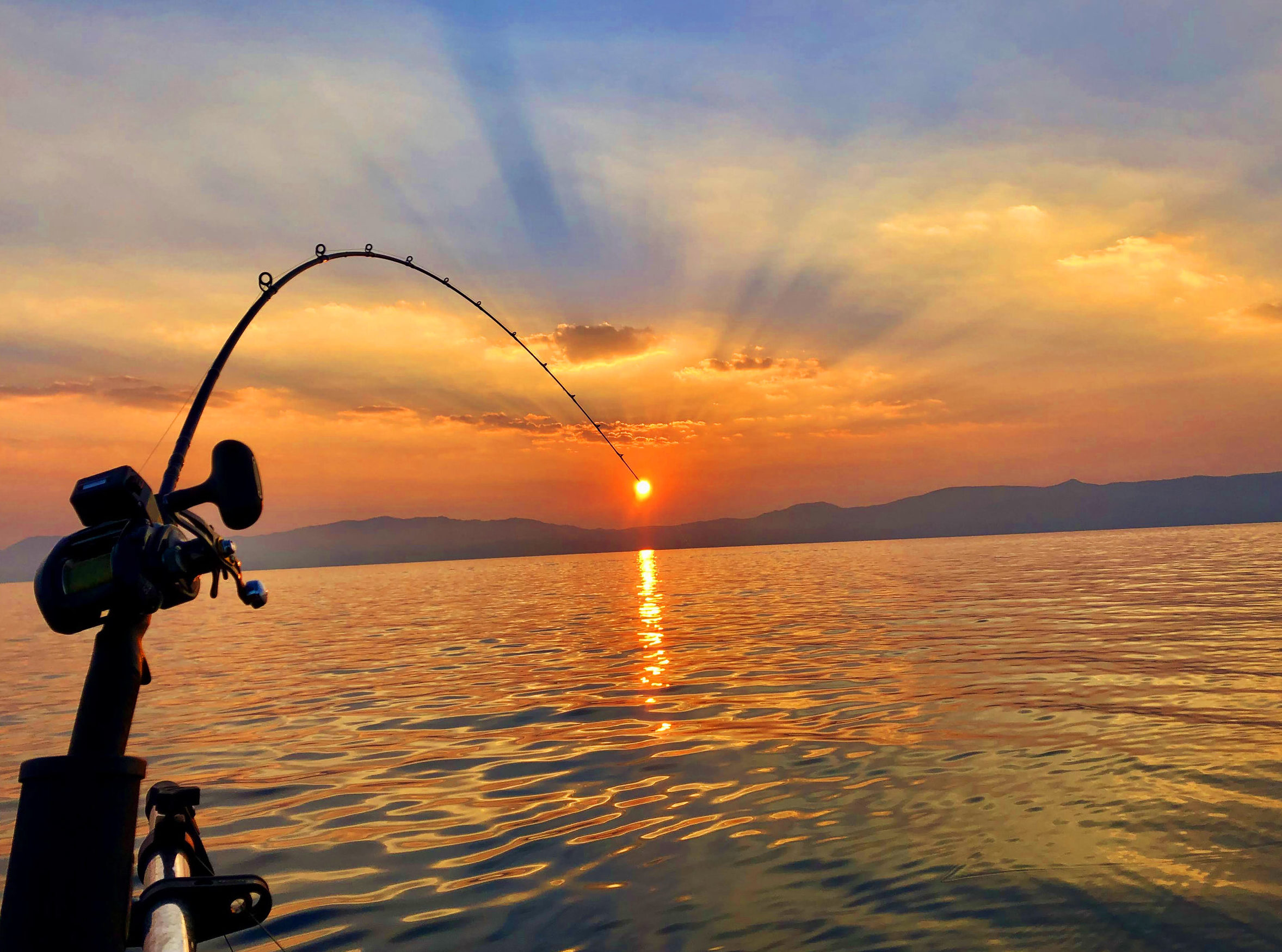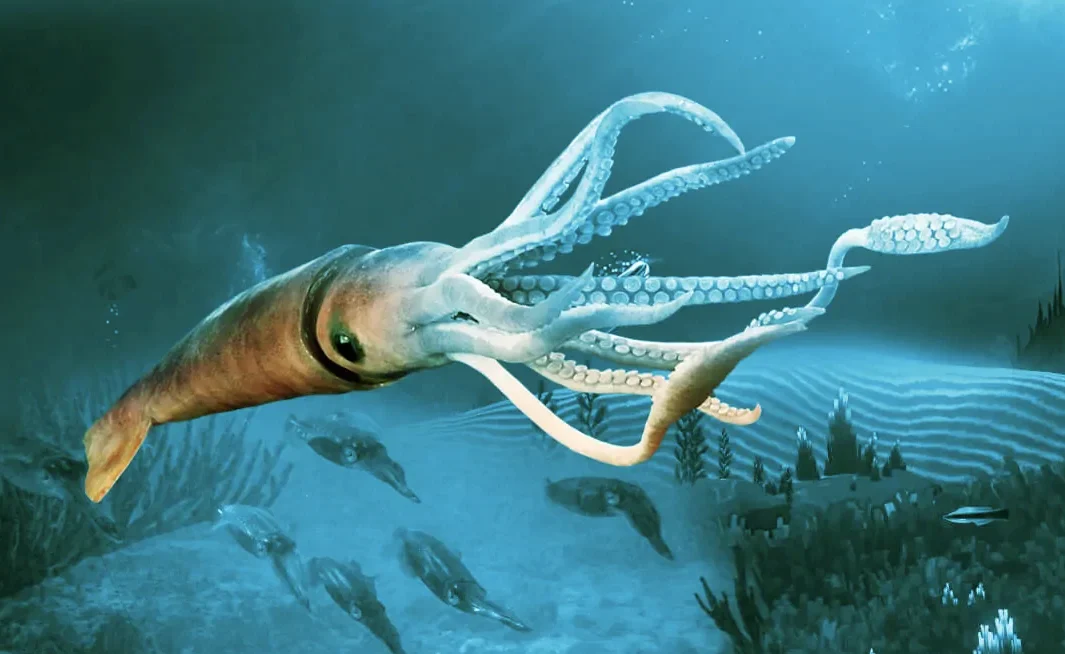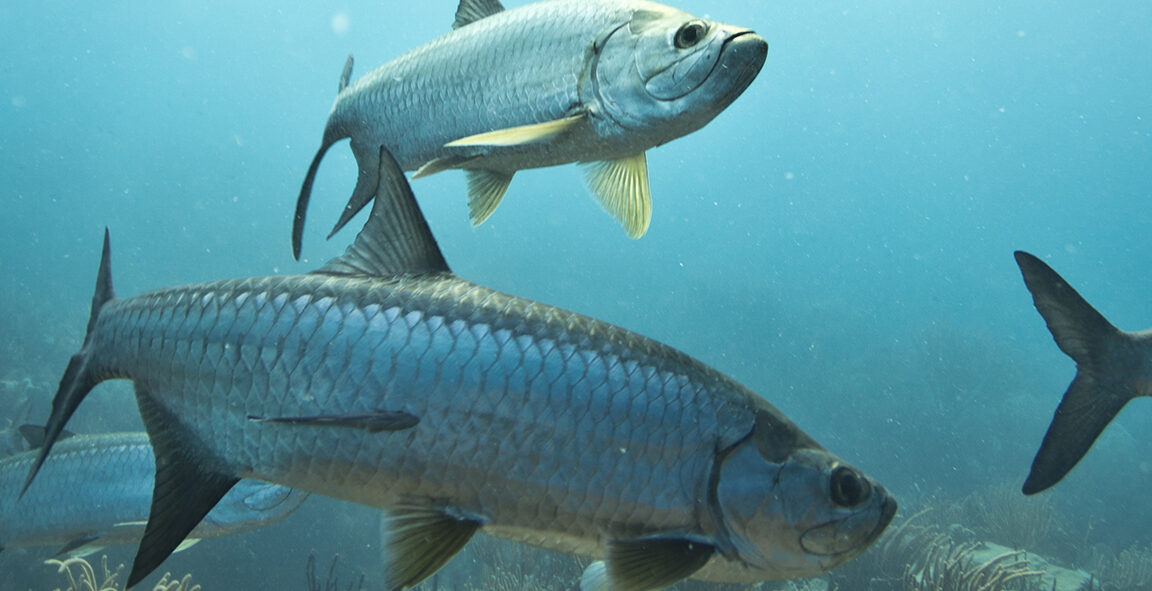Walleye fishing is a popular pastime for many anglers, and for good reason. Walleye are a prized game fish known for their elusive nature and challenging behavior. To catch walleye, it is important to understand their habitat and characteristics. Walleye are typically found in deep, clear lakes and rivers with rocky or gravelly bottoms. They are most active during low-light conditions such as dawn, dusk, and overcast days. Knowing these key characteristics can help anglers identify prime fishing locations and times.
There are several effective techniques for catching walleye. One of the most popular techniques is jigging with hard baits such as jigging spoons, blade baits, and gliding jigs. Live bait rigs are also highly effective, particularly when trolling slowly along the bottom. Casting crankbaits along rocky banks and weed beds is another successful tactic, as is trolling to cover more ground and maximize bait exposure. Regardless of the technique used, it is important to vary the speed and depth of the bait to find what works best for the specific fishing location and conditions.
Walleye fishing is not only a fun and challenging activity, but it also plays an important role in conservation efforts. Walleye are a valuable food source and contribute to the economy through recreational fishing and tourism. However, overfishing and habitat loss have threatened walleye populations in some areas. By practicing responsible fishing techniques and supporting conservation efforts, anglers can help ensure the sustainability of walleye populations for future generations to enjoy.
Choosing the Right Equipment for Walleye Fishing
When it comes to walleye fishing, choosing the right equipment is crucial for success. Rod and reel selection is important, and it’s best to choose a medium to medium-light spinning rod that is around 6 to 7 feet in length. Pairing this with a spinning reel that has a smooth drag system will help you feel the walleye bite and make it easier to reel in the catch. Line selection is also important, and it’s best to use a monofilament line that is between 6 and 10 pounds in weight. As for lure selection, walleye tend to be attracted to brightly colored lures that mimic their natural prey, such as minnows or crayfish.
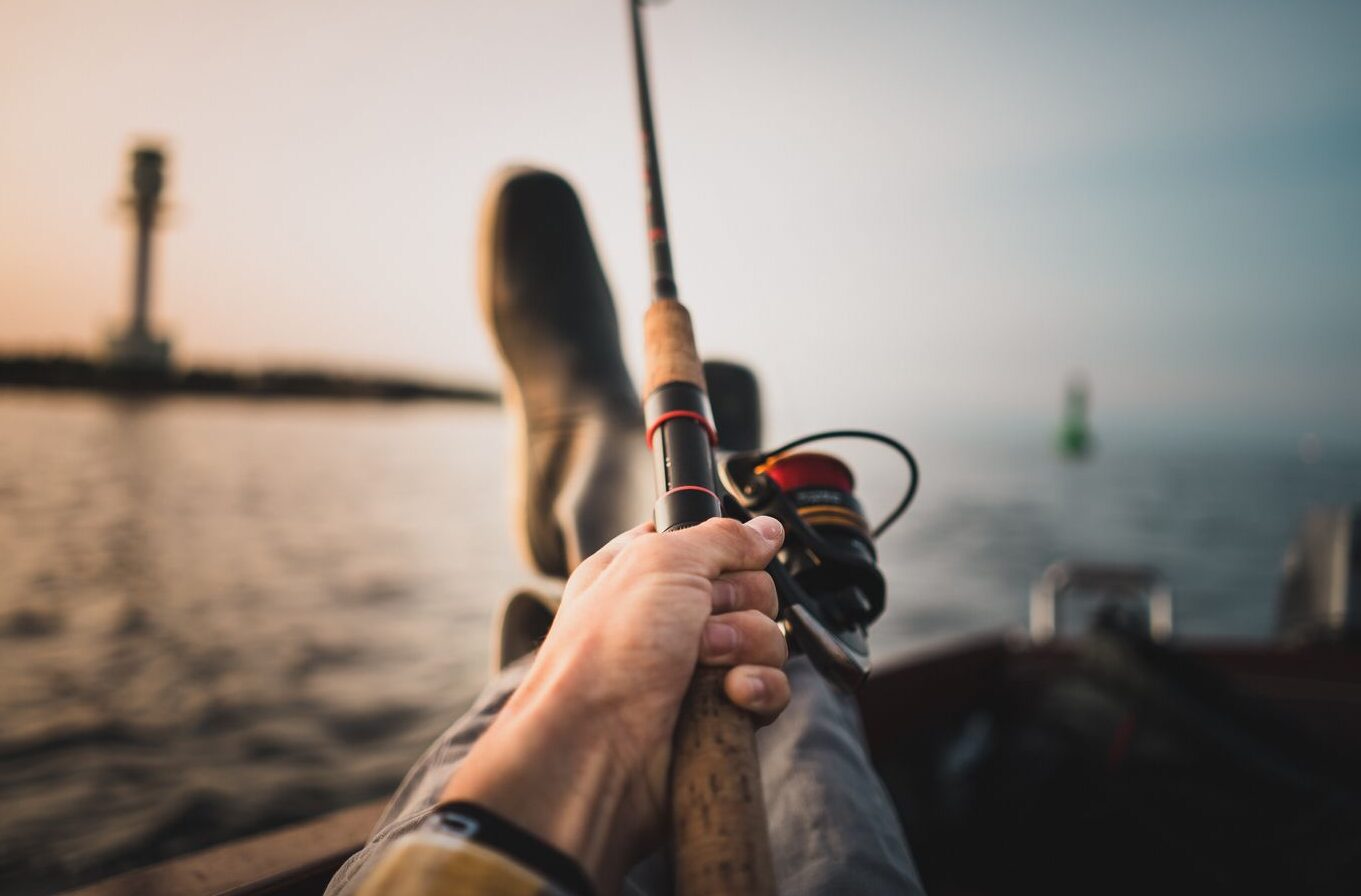
Another important aspect of walleye fishing is bait selection. Live bait, such as minnows or nightcrawlers, can be effective for catching walleye. Jigs can also be a good choice, as they can be tipped with live bait or soft plastic grubs to create a more realistic presentation. Casting crankbaits is another popular technique for catching walleye, as it allows for covering a larger area of water and can be effective for triggering strikes from active fish. When using crankbaits, it’s important to vary the speed and depth of retrieval until you find what works best for the conditions and the fish.
In summary, choosing the right equipment, line, lure, and bait is crucial for successful walleye fishing. It’s important to experiment with different techniques and presentations to find what works best for the conditions and the fish. Whether you prefer casting crankbaits or using live bait, practicing these techniques and incorporating them into your fishing routine can help you catch more walleye and improve your overall fishing experience.
Best Techniques for Catching Walleye
Trolling is a popular and effective technique for catching walleye, particularly in open water environments. Trolling spoons, which mimic the movement of baitfish, are important lures for catching suspending walleye in these areas. Another technique that can be used for catching walleye is casting crankbaits. This method involves repeatedly casting and retrieving the lure in a rhythmic motion to attract the fish. While it can be a challenging technique, it can also be highly rewarding for experienced anglers.
Jigging is another popular technique for catching walleye, especially in deeper water environments. Vertical jigging with a jig or slab spoon directly under the boat is often the best way to catch walleye using this method. When using this tactic, it is important to vary the speed and motion of the jig to entice the fish to bite. Jigging hard baits, such as jigging spoons, blade baits, and gliding jigs, can also be effective lures for catching walleye. Additionally, using a live bait rig, to which you troll your lure slowly along the bottom, can be a successful technique for catching walleye.
Drift fishing is another technique that can be used to catch walleye. This method involves drifting with live bait, such as minnows, leeches, or night crawlers, and allowing the bait to move naturally with the current. A slow and steady drift is recommended to increase the chances of catching walleye. Another technique that can be used in conjunction with drift fishing is snap jigging. This involves casting a shiver minnow and letting it sink to the bottom before snapping the tip of the fishing rod and jigging it back up. This technique can be highly effective when walleye are in a feeding frenzy. By utilizing these various techniques, anglers can increase their chances of catching walleye and have a successful day on the water.
Tips for Successful Walleye Fishing
Successful walleye fishing requires careful attention to weather and water conditions. Walleye tend to be more active during low light conditions, such as early morning and late evening. On warm nights, walleye may move to shallower areas, making it a great time to fish from the bank or wade in the water. Additionally, drop-offs and deep structures are often effective locations for catching walleye in the summer. When fishing in lakes and reservoirs, casting along rocky banks and the edges of weed beds with live bait, jigs, or crankbaits can be a great tactic for catching walleye. By paying attention to these factors, anglers can increase their chances of a successful walleye fishing trip.
Using electronics to locate walleye can also be a useful strategy for successful fishing. Trolling along a drop-off with crankbaits, worm harnesses, or bottom-bouncer rigs can help cover a lot of water quickly to find fish. Additionally, using electronics such as fish finders can help locate schools of walleye in deeper waters. Tipping a jig with a minnow can also be an effective technique for enticing fussy walleye to bite. By utilizing these tools, anglers can increase their chances of finding and catching walleye.
Fishing at the right time of day and using electronics to locate walleye are important strategies for successful fishing, but it’s also crucial to know how to properly retrieve and set the hook when a fish bites. Maintaining light pressure until it’s confirmed that a fish has taken the bait, and then setting the hook by cranking the reel handle fast and snapping the rod upward can help ensure a successful catch. Additionally, learning the right fishing gear and techniques, such as using walleye lures and casting along drop-offs, can help increase the chances of catching walleye. By combining these strategies and techniques, anglers can improve their chances of a successful walleye fishing trip.
Catching and Handling Walleye
Catching walleye requires proper techniques and gear. One effective method for catching walleye is trolling, which allows for maximum time with the bait in the water and can cover a lot of ground. Using the right lures is also essential, with crankbaits, jerkbaits, and blade baits being some of the best options. Live bait rigs can also be effective, with a ¼ to ½ pound sinker, swivel, and 3-4 feet of leader being common components. Casting crankbaits is another technique that can be used to catch walleye. By using the right gear and techniques, anglers can increase their chances of catching this elusive fish.
Proper handling and release of walleye is crucial for their survival. When handling walleye, it is important to wet your hands first to avoid removing their protective slime layer. If the fish is deeply hooked, it is best to cut the line rather than trying to remove the hook, as this can cause serious injury to the fish. To release walleye, hold them upright in the water and move them back and forth to help oxygenate their gills before releasing them. Proper handling and release techniques can help ensure that walleye populations remain healthy for future generations of anglers.
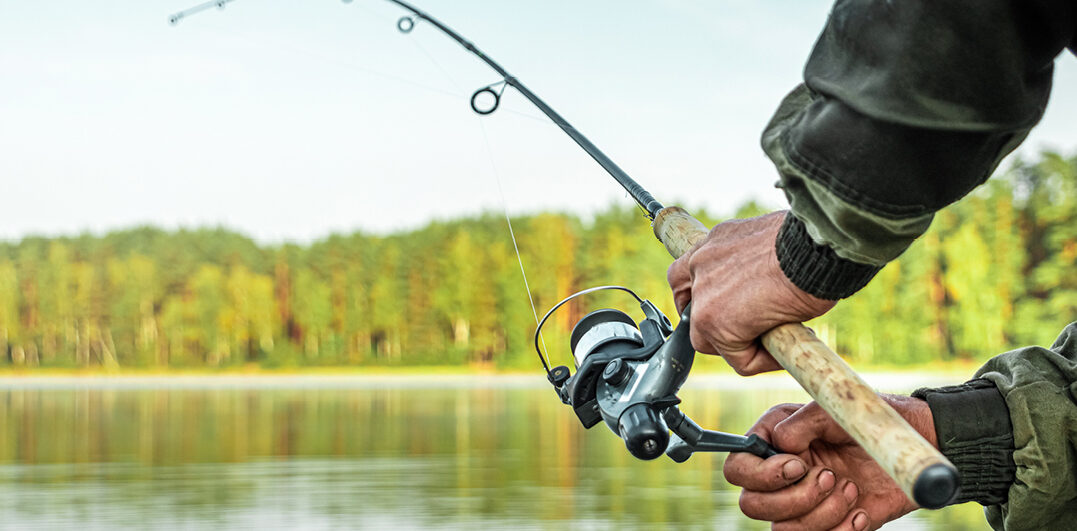
Cleaning and preparing walleye for cooking is a key step in enjoying this tasty fish. First, remove the head and entrails, and then fillet the fish by making a cut behind the gills and running the knife along the spine to the tail. Remove the skin by cutting between the flesh and skin, and then remove any remaining bones. Walleye can be cooked in a variety of ways, including frying, baking, and grilling. By properly cleaning and preparing walleye, anglers can enjoy a delicious meal while also making the most of their catch.
